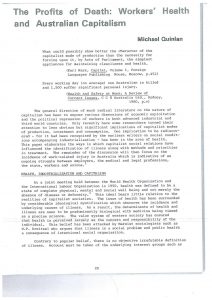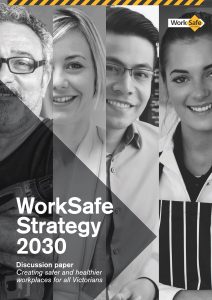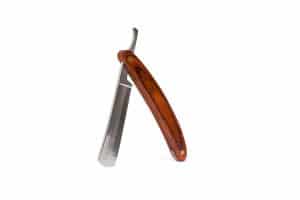 Professor Michael Quinlan has been writing about occupational health and safety (OHS) and industrial relations for several decades. His writing has matured over that time as indicated by his most recent book, Ten Pathways to Death and Disaster. In 1980, one of his articles looked at OHS through the prisms of Capitalism and Marxism. It is remarkable how much an article that was written early in Quinlan’s career and at a time when OHS was considered another country remains relevant today. This perspective contrasts strongly with the current dominant thinking on OHS and as a result sounds fresh and may offer some solutions.
Professor Michael Quinlan has been writing about occupational health and safety (OHS) and industrial relations for several decades. His writing has matured over that time as indicated by his most recent book, Ten Pathways to Death and Disaster. In 1980, one of his articles looked at OHS through the prisms of Capitalism and Marxism. It is remarkable how much an article that was written early in Quinlan’s career and at a time when OHS was considered another country remains relevant today. This perspective contrasts strongly with the current dominant thinking on OHS and as a result sounds fresh and may offer some solutions.
In Quinlan’s 1980 article, “The Profits of Death: Workers’ Health and Capitalism”*, he writes that
“contrary to popular belief there is no objective irrefutable definition of illness”.
This could equally be applied to safety. But searching for THE definition of things can lead to everlasting colloquia of academic experts without helping those who need to work within and apply safety concepts.


 Following
Following  The Victorian (Labor) Government promised a
The Victorian (Labor) Government promised a 

